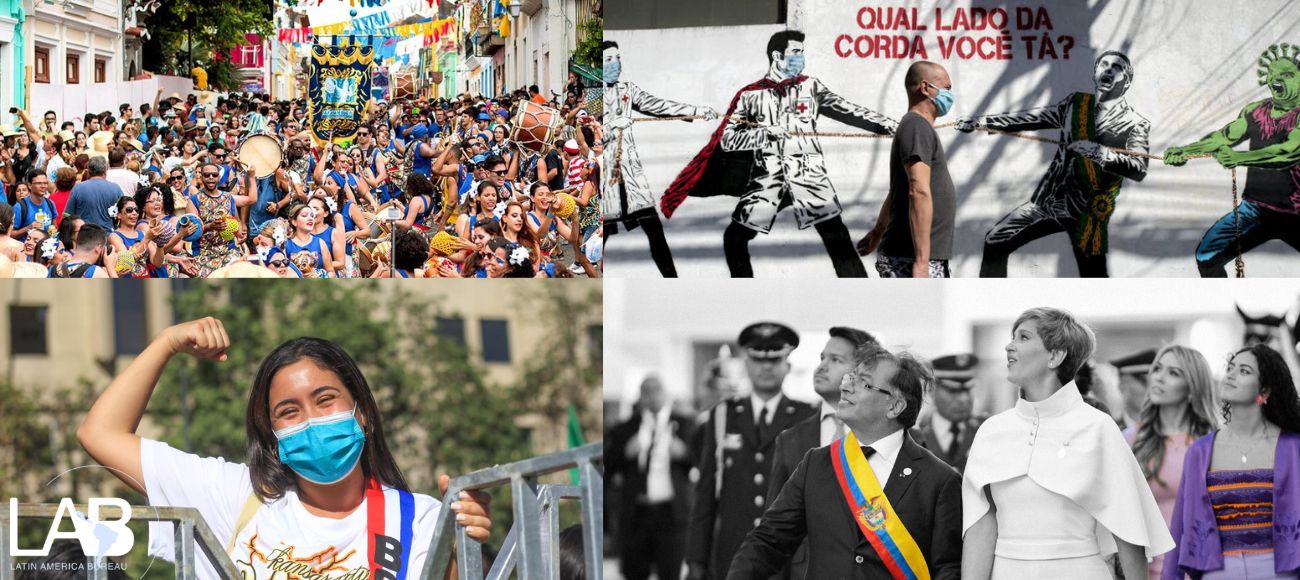
Nicaragua: protests against canal are growing
LAB partner COHA has published an analysis by W.Alejandro Sánchez (originally published on the Voxxi website) of the growing protest against the Nicaraguan-Chinese project to construct an interoceanic canal. While some of the momentum comes from opposition groups and controversial figures such as Brooklyn Rivera, there is growing concern among communities along the proposed path of the canal that they will not be properly consulted and that many may lose their homes. The full article can be read here.
According to Sánchez, “in early October around La Unión, located in the Región Autónoma del Atlántico Sur, RAAS, in Eastern Nicaragua, some three thousand inhabitants marched with signs that read “The land is not for sale… Nicaragua will not give up!” as well as “Ortega: betrayer of the homeland!”
“The indigenous and afro-descendant inhabitants of the Rama y Kriol territorial government (GTR-K), located in the RAAS, are similarly concerned. A July press release in the GTR-K’s government website declares that a deep water port will be built as part of the Canal; it will be located close to the current homeland of the aforementioned Rama community, known as Bang kukuk/Punta del Aguila – the proposed construction will jeopardize the lifestyle of local inhabitants as it will destroy the local environment and biodiversity. The GTR-K press release declares that Managua has not discussed with them the potential environmental, cultural or archaeological impacts caused by construction.
“Similarly, in late September some 250 inhabitants of a community in the department of Rivas carried out a peaceful march protesting the likely evictions that the Canal will cause. “We are fishermen and we have livestock, we cannot live in the city, we cannot take the lake and the livestock [when we move]” one local leader declared.”
More generally, scepticism is mounting that the Government can meet its ambitious targets for the construction programme, scheduled to commence in December 2014 and be completed by 2019 (half the time taken to build the original Panama Canal). With presidential elections due in 2016, President Ortega seems to have mortgaged a significant amount of his prestige to this single mega-project.

